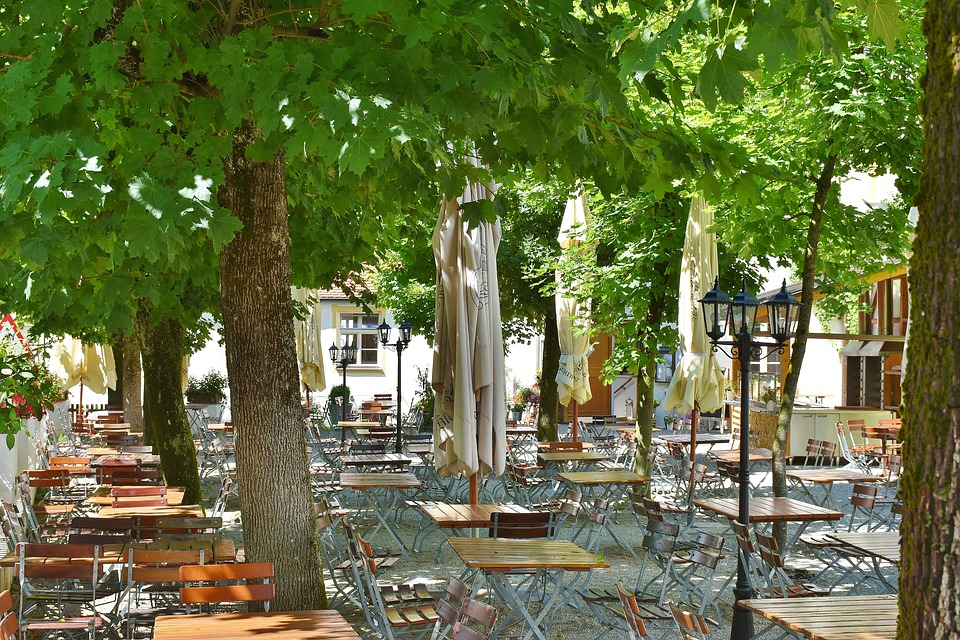 |
| A typical beer garden, picture: Rita E, https://pixabay.com/de/photos/biergarten-st%C3%BChle- tische-sommer-2456011/, Pixaby licence |
The typical beer garden has shady trees, simple tables and benches and you are allowed to bring your own food (at least in the traditional Bavarian beer gardens). The reason for this is that the increasingly popular beer gardens attracted customers away from the innkeepers of the guesthouses. In 1812, the innkeepers convinced King Maximilian I therefore to ban the serving of food in beer gardens that went beyond a simple piece of bread.
No comments:
Post a Comment